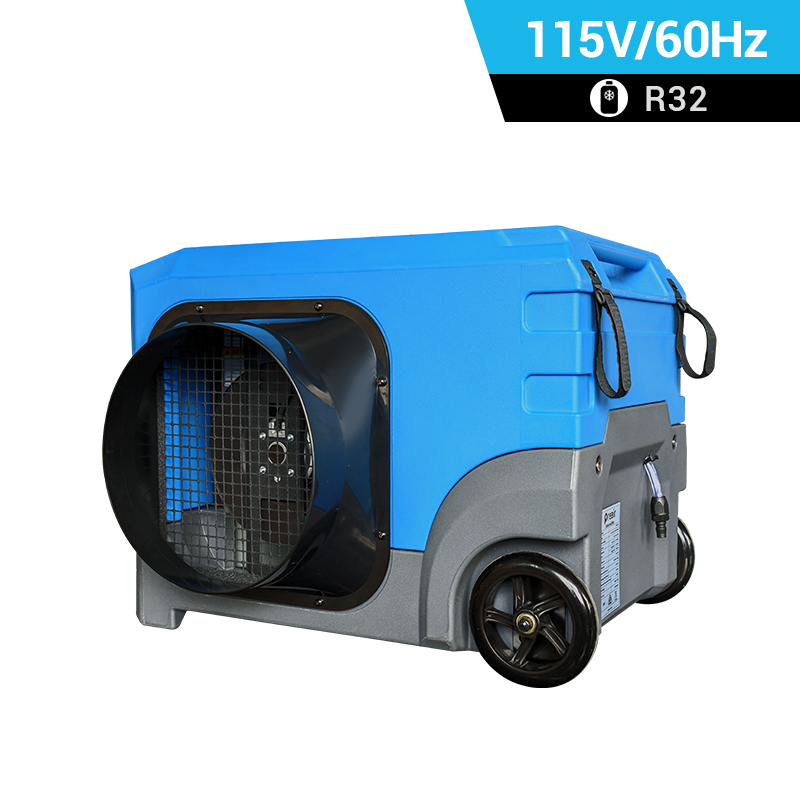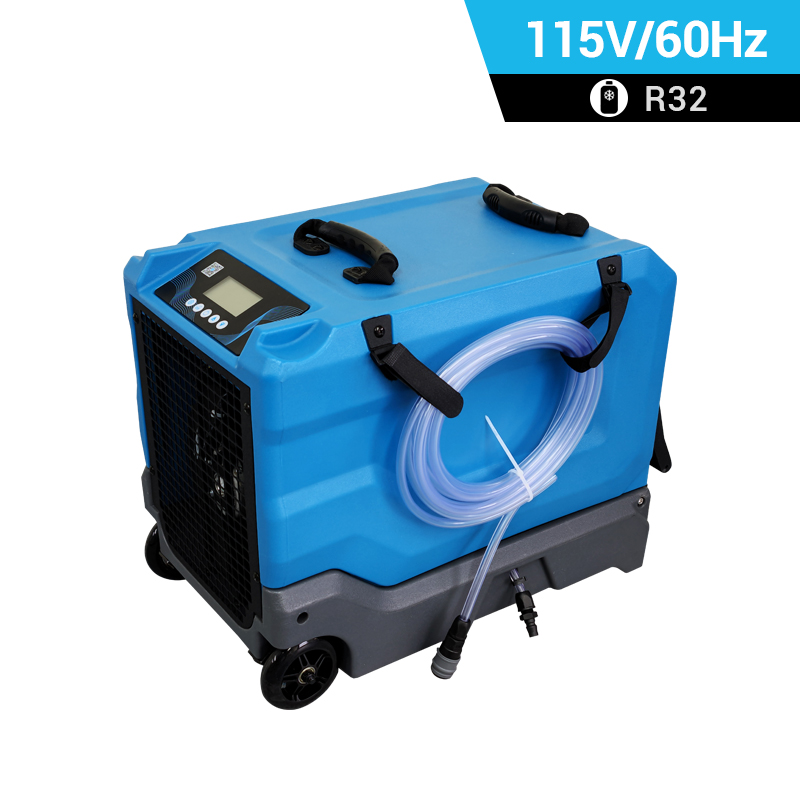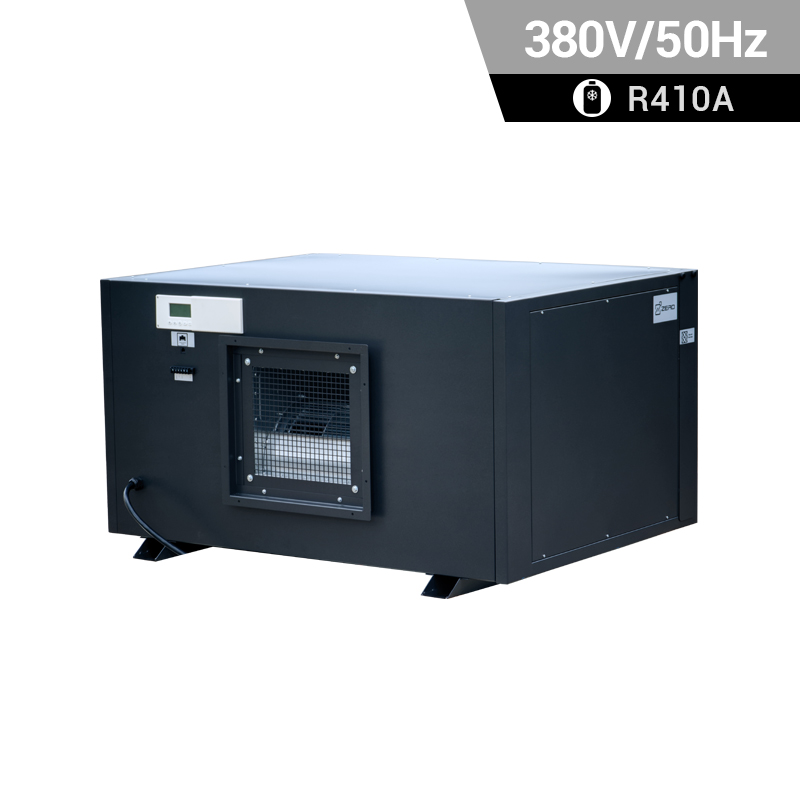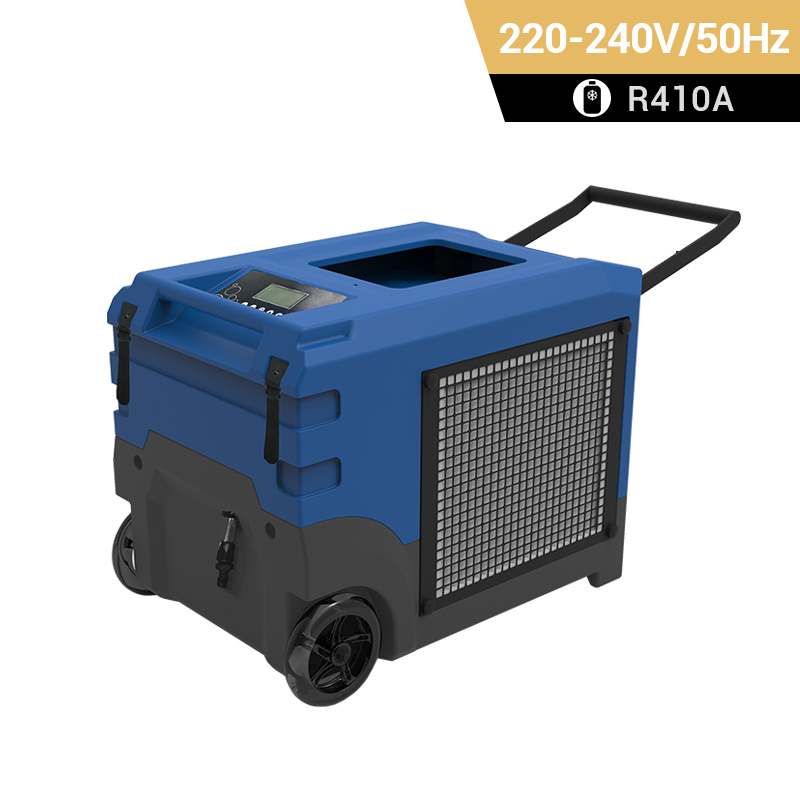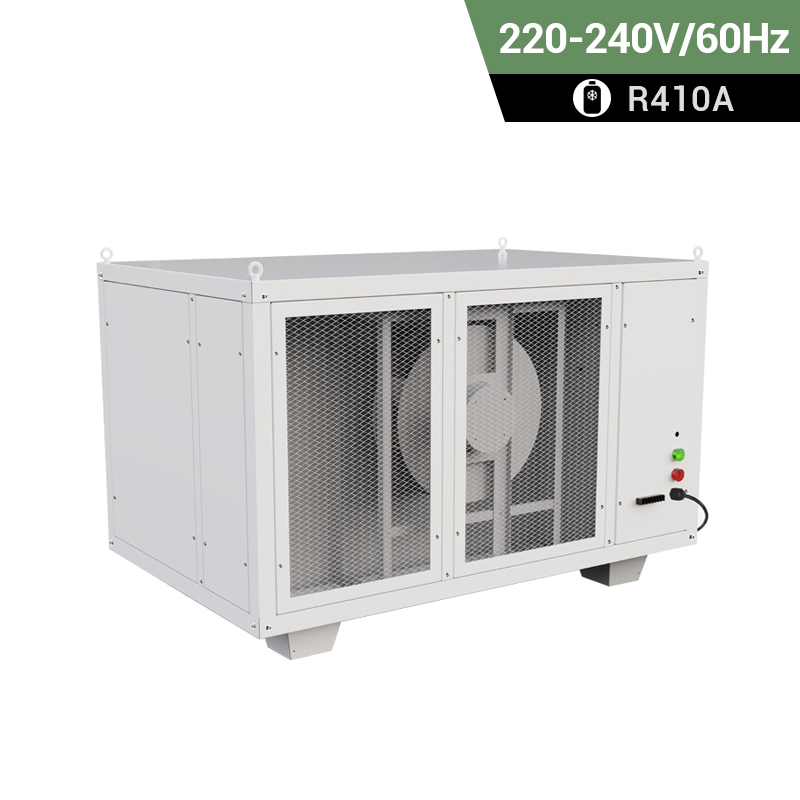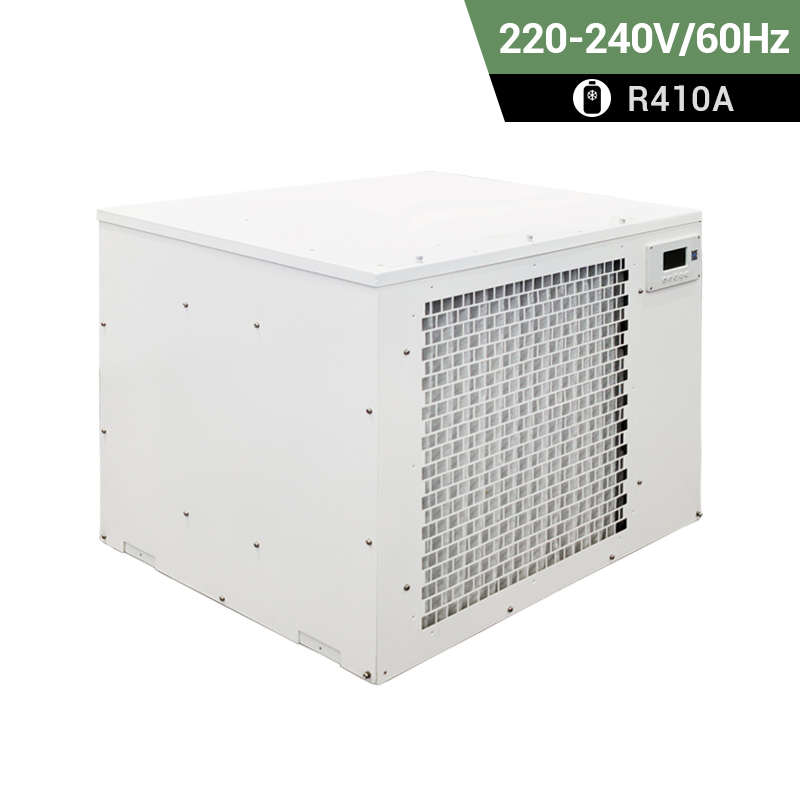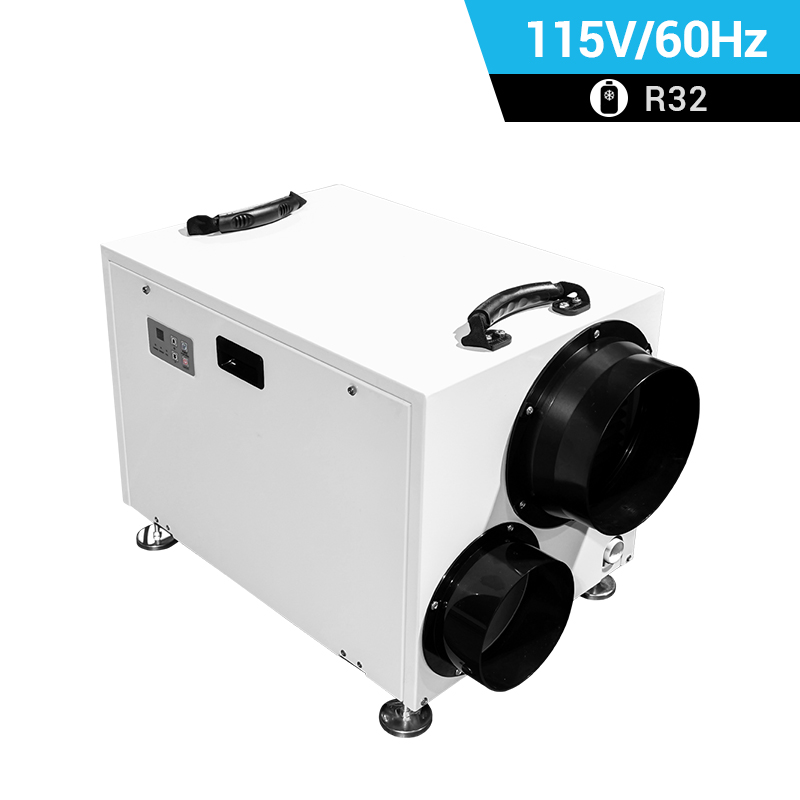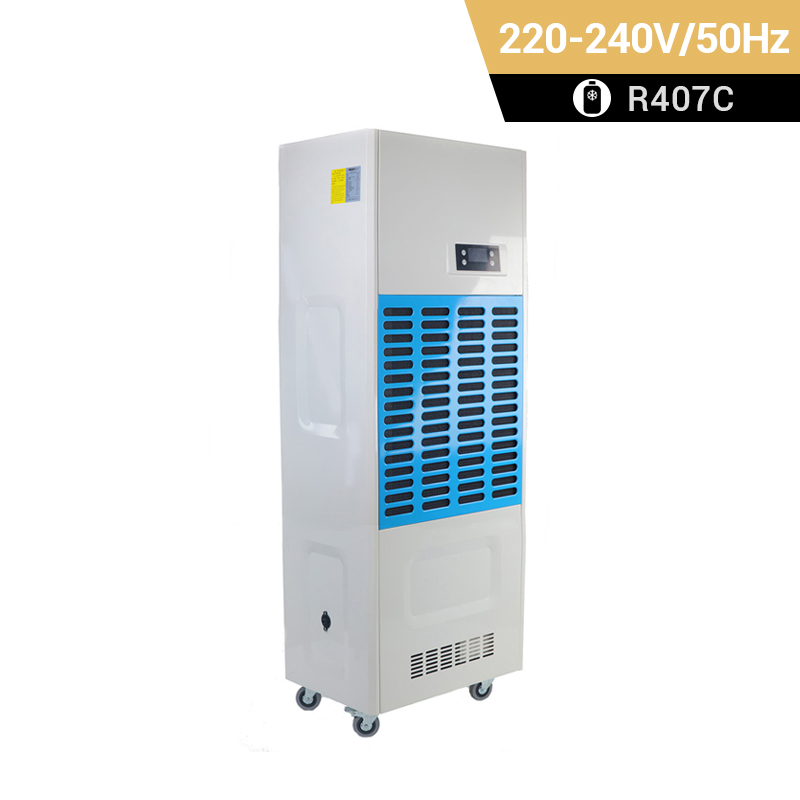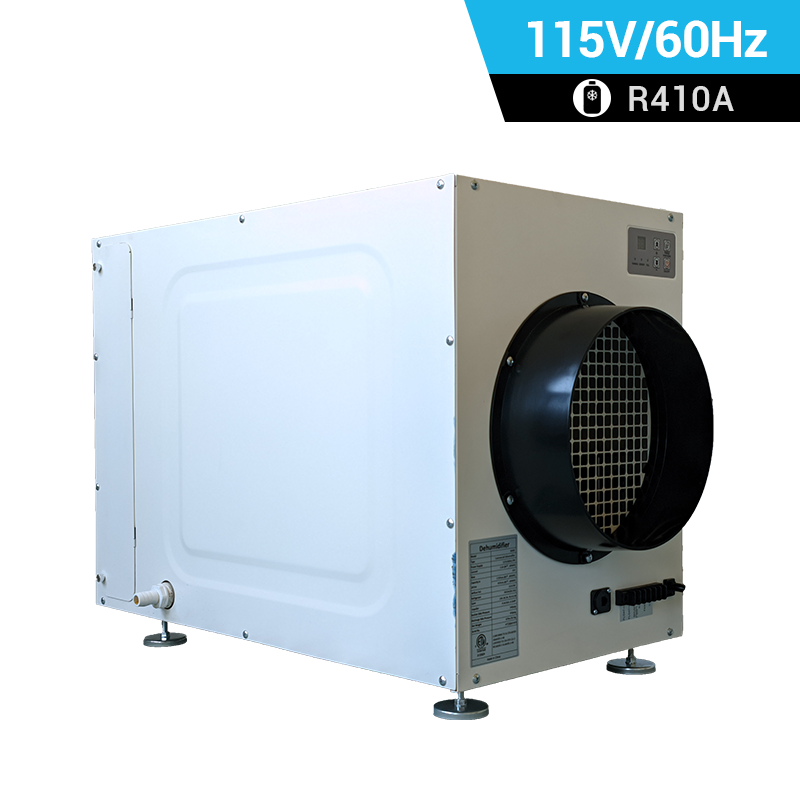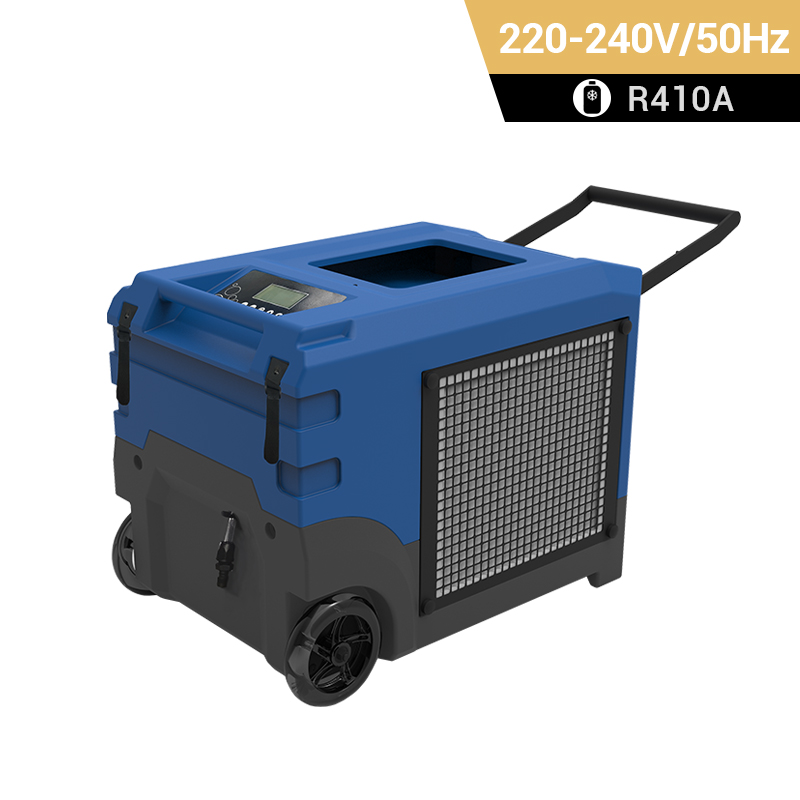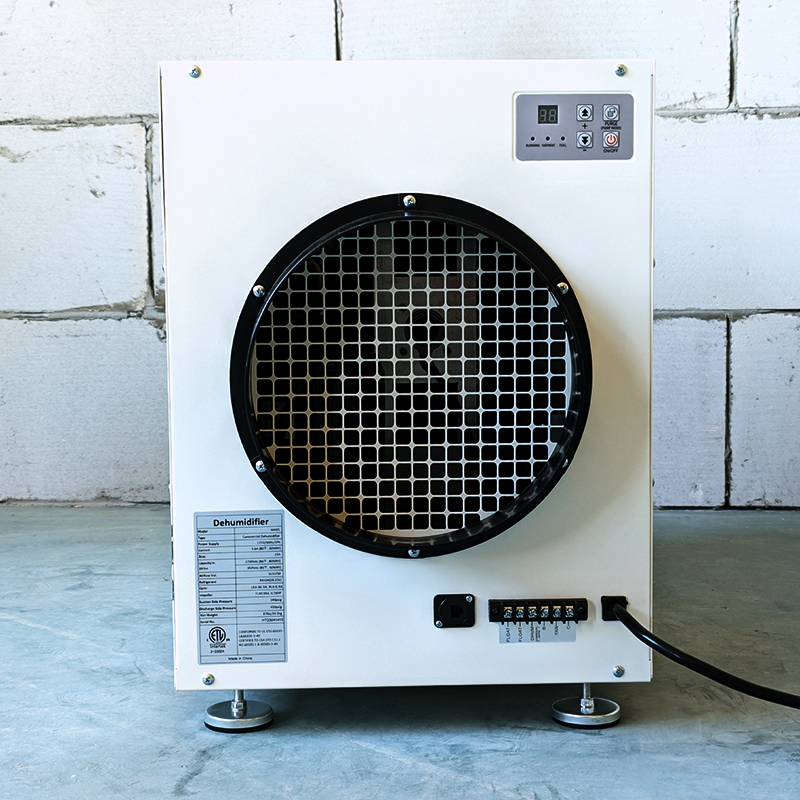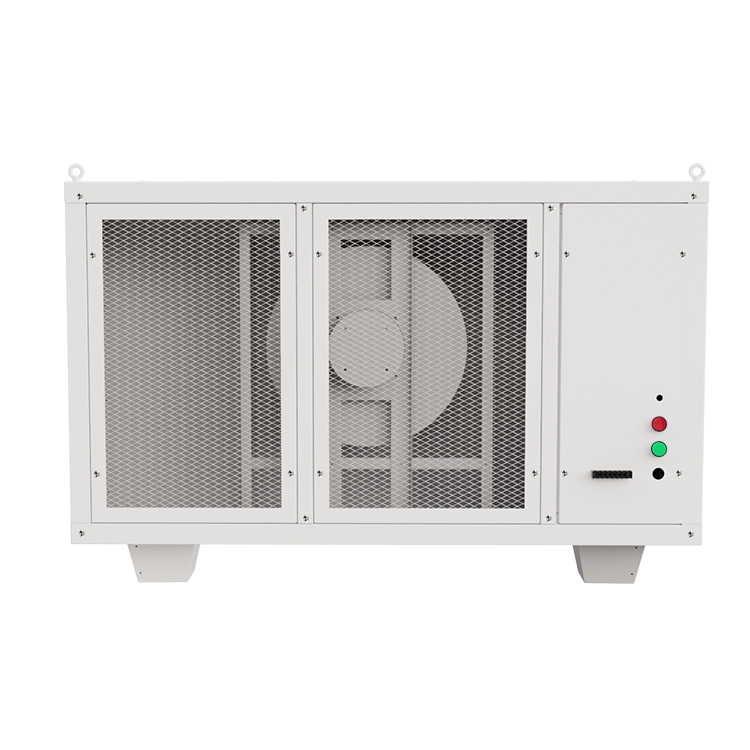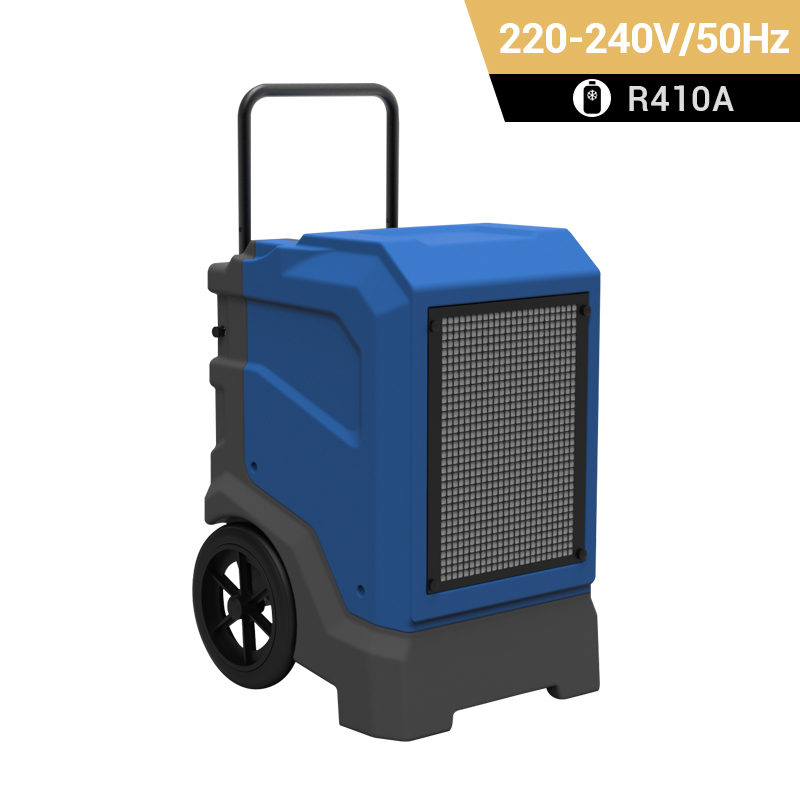 +86-13376814803
+86-13376814803  robert@hzhongtai.com
robert@hzhongtai.com
Preair Commercial Pool Dehumidifier
What types of dehumidifiers are used in natatoriums?
Natatoriums, or indoor swimming pools, are prone to high humidity levels due to the evaporation of water from the pool surface. This high humidity can lead to condensation, mold growth, and other issues that can affect indoor air quality. To maintain a comfortable and healthy indoor environment in a natatorium, specialized dehumidification systems are often used. Here are some types of dehumidifiers that are commonly used in natatoriums:
Refrigerant dehumidifiers: These dehumidifiers use a refrigeration cycle to cool the air and condense moisture, which is then collected in a water tank or drained away. Refrigerant dehumidifiers are often used in smaller natatoriums or residential pools. Preair is a famous dehumidifier manufacturer that provides high efficient commercial dehumidifiers for sale. The LGR155 dehumidifier for flood damage is efficient and
Desiccant dehumidifiers: These dehumidifiers use a desiccant material to absorb moisture from the air. They are often used in larger natatoriums or commercial pools, where higher humidity levels need to be controlled.
Heat recovery dehumidifiers: These dehumidifiers use a heat exchanger to recover heat from the air leaving the natatorium and use it to preheat the air entering the building. This can help to reduce the energy required to dehumidify the air.
Hybrid dehumidifiers: These dehumidifiers combine the benefits of refrigerant and desiccant dehumidifiers to provide optimal humidity control in natatoriums. Hybrid dehumidifiers can operate in a variety of modes depending on the temperature and humidity levels in the natatorium.
The choice of dehumidifier will depend on the specific needs of the natatorium, including factors such as the size of the space, the humidity levels required, and the energy efficiency of the system. It's important to choose a dehumidification system that is properly sizeddesigned to provide effective and efficient humidity control in a natatorium.
Related Products




